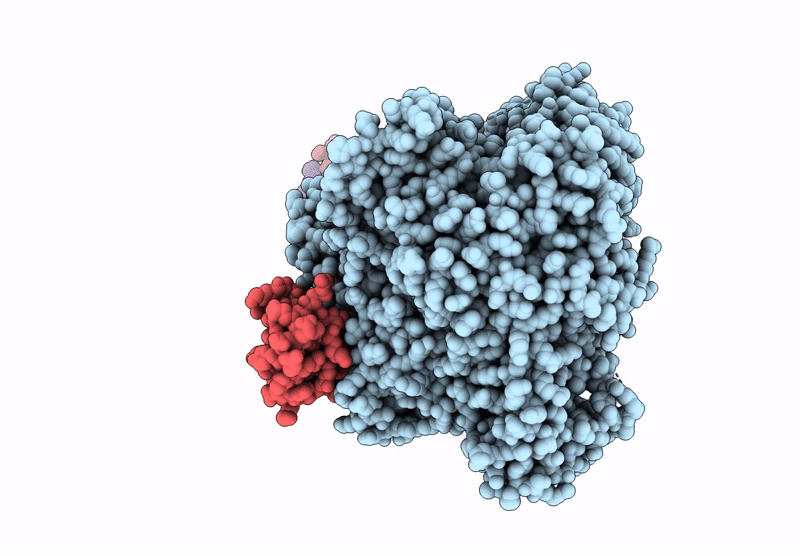
Deposition Date
2024-10-04
Release Date
2025-04-09
Last Version Date
2025-04-30
Entry Detail
PDB ID:
9DUS
Keywords:
Title:
Cryo-EM structure of the Measles Virus polymerase (L) protein in complex with the tetrameric phosphoprotein (P)
Biological Source:
Source Organism:
Measles virus strain Edmonston-B (Taxon ID: 70146)
Host Organism:
Method Details:
Experimental Method:
Resolution:
3.12 Å
Aggregation State:
PARTICLE
Reconstruction Method:
SINGLE PARTICLE


